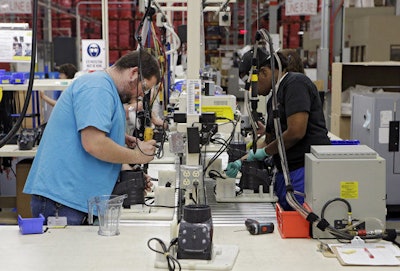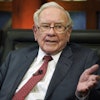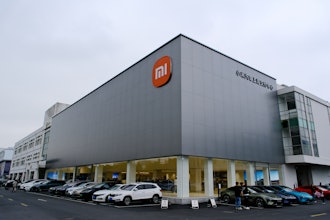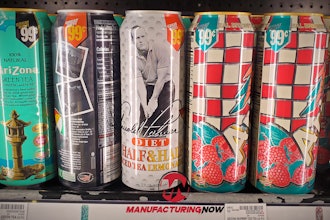
 When starting a company, one of the most important decisions to make is whether to manufacture your product domestically or abroad. I recently had the opportunity to chat with Allen Klevens, the CEO and founder of Tooshlights, the LED public restroom lighting system that has been featured on the Today Show, CNBC, Entrepreneur Magazine, and Forbes, to discuss his choice to select a domestic manufacturer.
When starting a company, one of the most important decisions to make is whether to manufacture your product domestically or abroad. I recently had the opportunity to chat with Allen Klevens, the CEO and founder of Tooshlights, the LED public restroom lighting system that has been featured on the Today Show, CNBC, Entrepreneur Magazine, and Forbes, to discuss his choice to select a domestic manufacturer.
Allen says, “In order to have control of manufacturing, you want to have the ability to move quickly or change quickly. Therefore, I believe it is worth the extra dollars to have things built in the US.” We discussed why he chose domestic manufacturing, and why he believes it is the best solution for early-stage startups and companies looking to be first-to-market.
--
Bridget Bergin (BB) What led you to pursue the alternative route of manufacturing in the U.S. rather than abroad, and what advantages of domestic manufacturing have you experienced?
Allen Klevens (AK) We looked at both abroad and domestic. With our team, we decided as a whole to manufacture here in the states, initially for mostly control and IP issues. While we are paying a percentage more to do the labor here in the U.S., the benefits outweighed the costs. It was worth it to pay a little more in order to have concise control of where we are getting the product manufactured and the process it takes.
BB Would you mind speaking a little about the process of altering a product and how domestic manufacturing makes you more able to implement quick changes?
AK We went through a pretty heavy design phase of about fourteen months. We had multiple prototypes go back and forth, so we really wanted to make sure that there weren’t a lot of errors when we got to the manufacturing stage. We worked jointly with our tech team, as well as with our architects and designers, to make sure that all of the questions were answered and that everyone already knew about everything we needed when we finally did turn on the light. We took a back approach, and it has been a great benefit for us.
BB You speak from the perspective of a CEO of an early-stage startup. Do you anticipate your manufacturing needs changing as you grow, and if so, how?
AK Yes. We are a U.S.-based company, and we would like to keep things here in the U.S. for jobs and the economy. However, there are going to be parts that we foresee that will make sense to have done overseas. We are considering that, especially when we deal with volume and turn over times.
BB What are the most important things to consider when selecting a manufacturer for your product?
AK In my entire business career, it has always been about the people. So many people can offer you dye-casting, zinc, switches, and electrical boards. Once we get past the hurdle of who we trust, it all becomes about who we can pick up the phone and call to say “we have a problem,” or “great job,” or “we are thinking about doing this, can you help us.” We really look at our manufacturer as a partner, not as a vendor.
BB Do you have any more insight to offer or any first-to-market tips to share?
AK It always takes longer than you think. When you think it is going to take you six months, it takes eighteen months, and when you think it is going to take you eighteen months, it takes two years. It is definitely a learning curve, especially when you are bringing a product out-to-market.
--
To learn more about Allen Klevens and Tooshlights, visit the Tooshlights website.



















